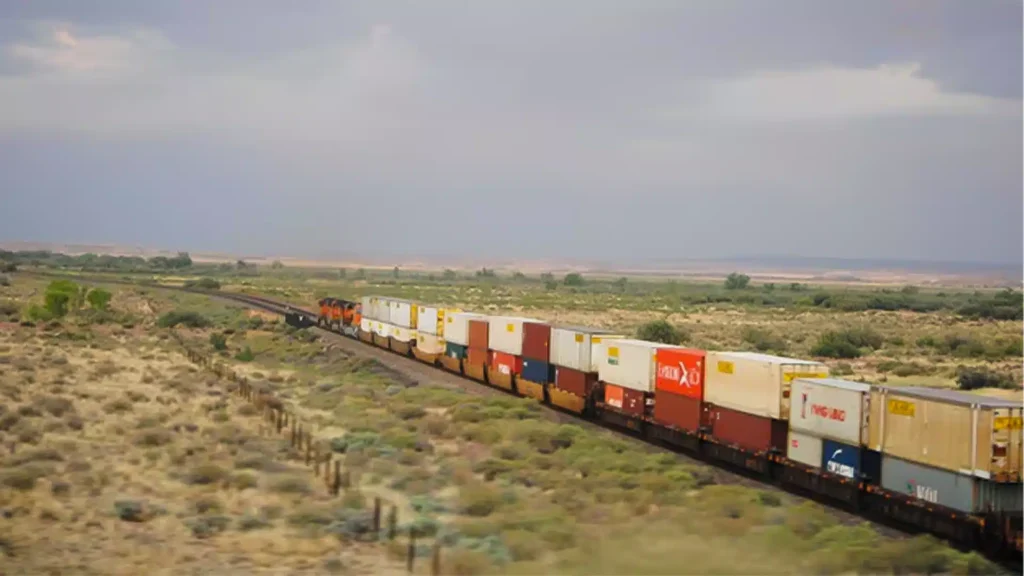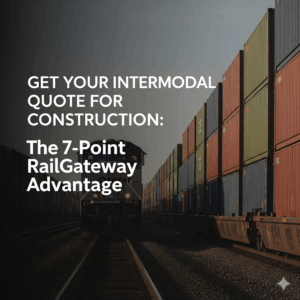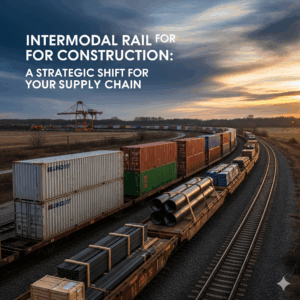The Ultimate Game-Changing Solution for Seamless Cross-Border Freight Shipping
In today’s increasingly interconnected global economy, cross‑border freight has become a pivotal component of supply chains—especially for businesses operating between Canada and the U.S. As trade volumes surge in 2025, shippers are demanding faster, more reliable, and cost-effective solutions. Enter intermodal shipping, the game-changing approach that’s revolutionizing how cross‑border freight is handled—making global logistics smoother, smarter, and more scalable than ever before.
Why Efficient Cross‑Border Freight Matters in 2025
Cross-border freight operations face a uniquely complex set of challenges: customs clearance, regulatory compliance, border delays, varied carrier rules, and documentation requirements are just the beginning. As supply chains grow more dynamic, uncertainty in cross-border freight threatens inventory availability, pricing, and customer satisfaction. With customer expectations leaning toward faster delivery, managing cross-border freight efficiently isn’t just an operational detail—it’s a strategic imperative.
Intermodal shipping combines multiple transportation modes—truck, rail, and sometimes ocean or air—under a single, seamless process. Containers and trailers are shipped without unloading at each transition, simplifying cross‑border freight by reducing handling, improving visibility, and expediting customs processes using secure, consolidated data flows.
The Core Challenges of Cross‑Border Freight
To see how intermodal shipping solves cross‑border freight issues, it’s helpful to know the common pain points in 2025:
- Border Delays: Customs inspections can significantly slow cross‑border freight, creating uncertainty.
- Documentation Complexity: Friction in processing manifests, certificates, and trade documentation complicates shipping and increases dwell time.
- Carrier Coordination: Switching between Canadian and U.S. carriers often leads to misalignment in schedules, tracking systems, and rates for cross‑border freight.
- Fuel and Accessorials: Fluctuating fuel surcharges, cross-border fees, and variable accessorial charges inflate the cost of cross‑border freight unpredictably.
- Risk of Damage or Theft: Every manual handling step in cross‑border freight increases vulnerability to cargo damage, delays, or security incidents.
Intermodal shipping directly addresses each of these problems by leveraging streamlined container transitions, consolidating documentation data across supply chains, and reducing handling—especially at the border.
How Intermodal Shipping Streamlines Cross‑Border Freight
1. Seamless Mode Transitions
With intermodal shipping, containers can move from Canada to the U.S. using rail or truck without ever being opened or unloaded. For cross‑border freight, this means fewer delays and reduced risk of misrouting or damage. The physical continuity of the container ensures that paperwork, seals, and manifest data remain intact across all segments of the journey.
2. One-Stop Documentation
Modern intermodal solutions integrate digital trade documentation, harmonized manifests, and e-customs submissions into one platform. That means cross‑border freight can clear customs faster, with fewer errors and less manual intervention. Electronic integration between Canadian and U.S. border agencies further accelerates clearance and reduces dwell time.
3. Cost Control and Predictability
Rail-based intermodal shipping dramatically lowers cost per mile for long-haul segments of cross‑border freight. Shippers can lock in competitive intermodal rates that are more stable compared to volatile truckload pricing. Reduced accessorials, fuel fluctuations, and detention fees all contribute to more predictable budgeting for cross‑border freight.
4. Improved Reliability and Visibility
Intermodal shipments often utilize GPS tracking, EDI notifications, and digital ETAs. For cross‑border freight, this transparency provides stakeholders with full visibility into cargo location and status—minimizing uncertainty across borders and improving supply chain planning.
5. Sustainability Benefits
Rail-powered intermodal shipping produces significantly fewer CO₂ emissions per ton-kilometer than highway trucking. Shippers with sustainability targets can leverage intermodal solutions to reduce carbon impact on cross‑border freight, comply with ESG mandates, and support green logistics initiatives in 2025.
Real-World Use Cases
Canadian manufacturers exporting to the U.S.: By loading pallets into a 53-foot intermodal container in Toronto and shipping via CN or CP rail to Chicago before switching to truck for final-mile delivery, manufacturers reduce overall transit time while avoiding costly border-side handling. This intermodal workflow ensures that cross-border freight reaches U.S. customers quickly and at lower cost.
U.S. food exporters serving Canadian markets: Perishable goods benefit from intermodal refrigerated containers (“reefers”) that travel by rail to Winnipeg and then seamlessly transfer to refrigerated trucks. This streamlined path keeps customs activities consolidated and reduces handling risk, preserving quality and ensuring cross-border freight compliance.
E‑commerce cross-border fulfillment: Retailers in Canada are increasingly pre-positioning inventory in U.S. distribution hubs. Intermodal shipping is used to transport FCL or LCL ocean containers to inland terminals like Calgary or Montreal, where they’re then trucked across the nearby border. This efficient pipeline for cross‑border freight enables fast fulfillment at competitive rates.
Why 2025 Is the Year for Smarter Cross‑Border Freight
Several market trends give intermodal shipping an edge in 2025:
- Technology acceleration: Increased adoption of e-manifest, blockchain trials, and real-time tracking boosts visibility and speeds clearance in cross-border freight.
- Strengthened infrastructure: New rail corridors and upgraded intermodal terminals across North America make cross-border freight more reliable and cost-effective.
- Sustainability priorities: With net-zero pledges rising, companies prefer modes like rail to reduce cross-border freight’s carbon footprint.
- Driver shortages: Chronic trucker scarcity increases rates, pushing shippers to replace highway miles with intermodal rail for cross-border freight.
What’s Next in Cross‑Border Freight and Intermodal
To make intermodal shipping work for cross‑border freight, follow these key best practices:
- Start early: Begin intermodal planning 10–14 days before shipment to lock in rail availability and secure border-crossing slots.
- Choose integrated providers: Work with 3PLs or IMCs who can manage the entire container journey—from drayage and rail to customs and delivery.
- Standardize documentation: Use harmonized manifests and digital customs brokers for both countries to minimize errors and delays.
- Plan hybrid routing: Use rail for long-haul cross-border freight and pairing trucking solutions for first/last-mile delivery.
- Track freight live: Monitor real-time container location and use alert systems to proactively manage deviations across the border.
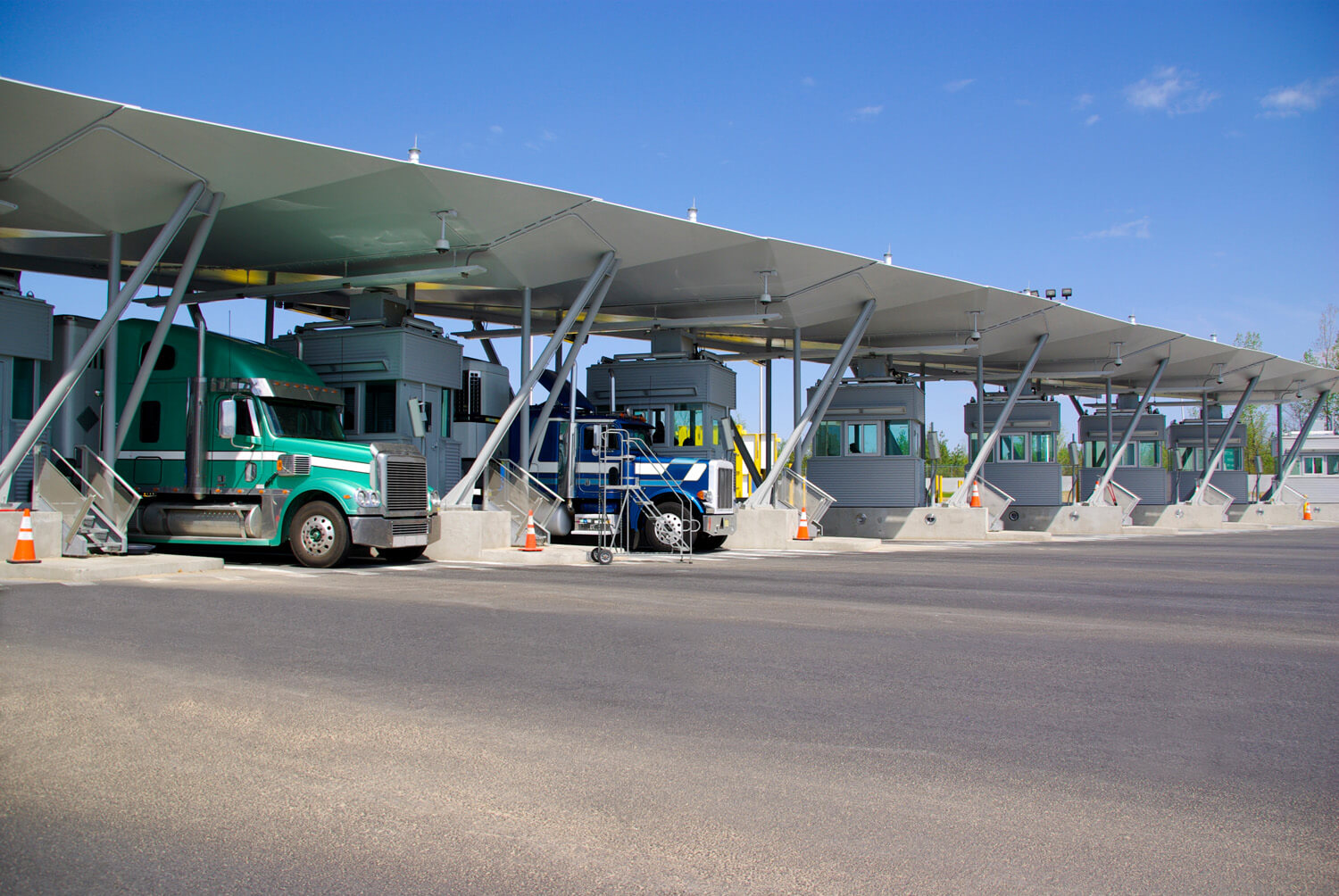
Why Intermodal Shipping?
Intermodal freight shipping uses multiple modes of transport—typically rail for the long haul and trucks for local delivery. This hybrid model has grown in popularity for good reason. It offers reduced costs, improved transit consistency, and fewer emissions compared to road-only shipping.
Rail is particularly advantageous over long distances. It’s less affected by highway congestion, driver shortages, or weather-related delays, and is more fuel-efficient by volume. For businesses shipping full truckloads or container-loads cross-border, rail can be a quieter workhorse operating behind the scenes—moving freight smoothly and economically.
How Intermodal Drives Cost Efficiency
Let’s be blunt: cross-border freight can be expensive. Between fluctuating fuel costs, rising driver wages, and border-related delays, managing logistics on a budget is a real challenge.
Intermodal shipping can reduce those costs in several ways:
- Lower fuel consumption: Rail uses significantly less fuel per ton-mile compared to trucking.
- Reduced highway tolls and fees: Especially relevant when shipping large volumes over long distances.
- More predictable pricing: Rail rates tend to be less volatile, making budget planning easier.
By strategically shifting the long-haul portion of shipping to rail, businesses can preserve service quality while cutting overall transportation spend.
Clearing Customs Without Losing Your Mind
Customs regulations are a common roadblock for businesses new to cross-border freight. Documentation errors, missing permits, or poor timing can derail even the best shipping plans.
Some best practices:
- Always double-check commercial invoices, packing lists, and certificates of origin.
- Understand which goods require additional documentation or pre-clearance.
- Build in buffer time to account for customs inspections.
Partnering with customs-savvy logistics providers or consultants can ensure you’re always in compliance, minimizing the risk of delays or penalties.
Freight Security: Minimize Risk, Maximize Control
When your cargo is moving hundreds or thousands of kilometers and changing hands multiple times, especially for cross-border freight, security is a top concern. Rail transport provides a more controlled environment compared to road shipping.
Why rail is more secure:
- Rail yards are secured environments with controlled access.
- Trains are less susceptible to theft or tampering than highway freight.
- Fewer handoffs mean less exposure to damage or loss.
If you’re shipping high-value goods, hazardous materials, or temperature-sensitive items, rail offers peace of mind with fewer points of vulnerability.
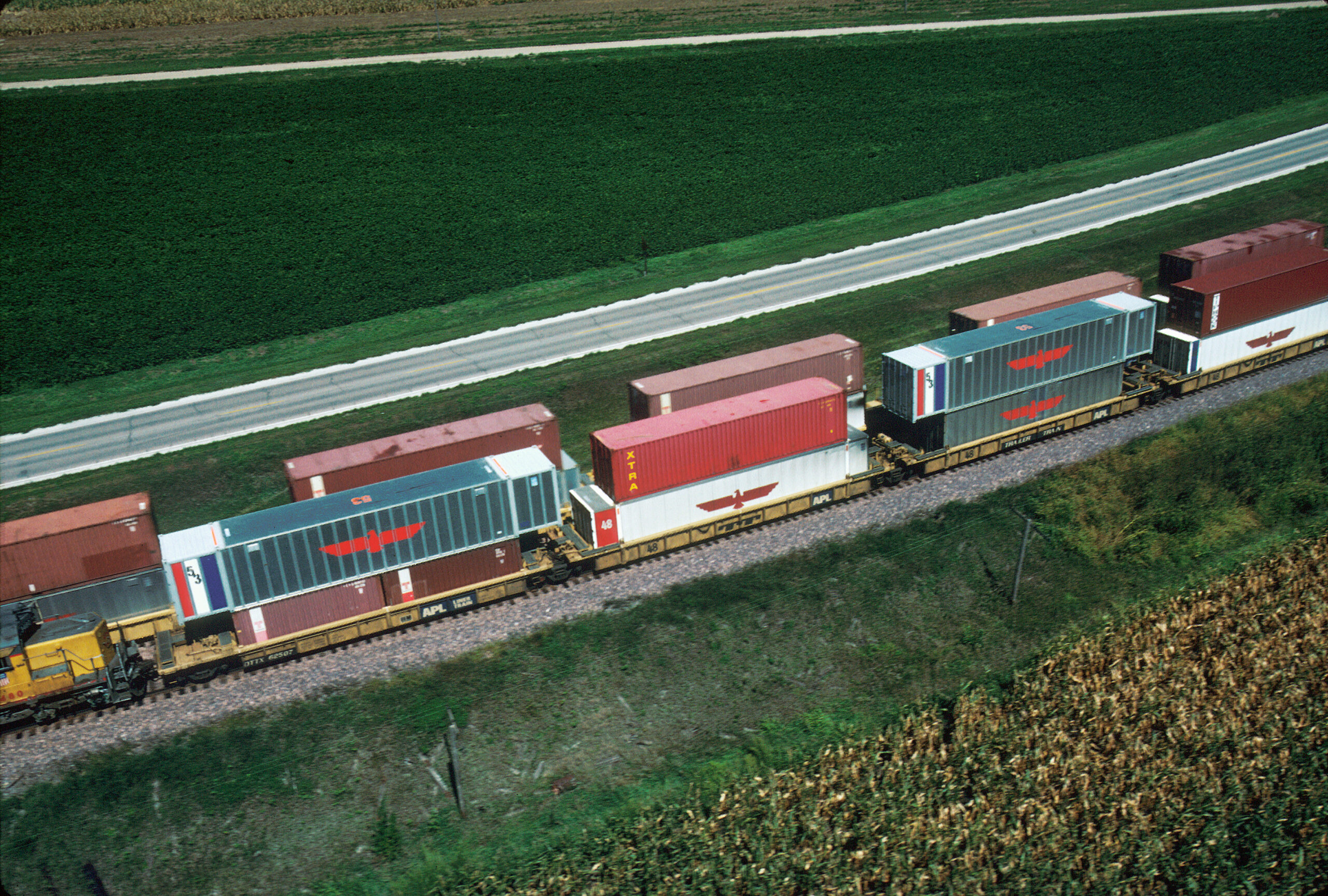
Predictable Scheduling & Flexible Delivery
Reliability is non-negotiable in logistics. One delayed shipment can ripple through your entire supply chain. Intermodal solutions for cross-border freight, offer the best of both worlds—rail’s reliability and truck’s flexibility.
- Rail schedules are consistent and less prone to disruption.
- Trucks handle the last mile, reaching rural or urban destinations that rail lines can’t.
- Transit times become more predictable, enabling better inventory planning and customer satisfaction.
This combination offers a scalable and dependable logistics strategy that supports growth while maintaining performance standards.
What About Perishable Freight?
Temperature-sensitive freight—like food, pharmaceuticals, or specialty chemicals—demands more than just speed. It demands climate control and consistency, especially for cross-border freight.
Cross-border freight solutions include:
- Refrigerated containers to maintain cold-chain requirements.
- Heated containers to prevent freezing in winter.
- Real-time monitoring to track internal conditions.
Whether it’s protecting food quality or ensuring regulatory compliance, specialized equipment can support your sensitive cargo every step of the way.
Simplified Logistics, Smarter Operations
Handling cross-border freight isn’t just about moving product—it’s about operational clarity, compliance, and customer experience. Companies that streamline their logistics systems and leverage intermodal freight are better positioned to scale, adapt, and compete.
By using integrated shipment tracking, route optimization, and expert consulting, businesses can gain:
- Real-time visibility into shipments.
- Insight-driven decision-making.
- Fewer delays and disruptions.
It’s about doing more with less—and making logistics a strategic function, not just a cost center.
Additional Resources
- Canada Border Services Agency – Import/Export Guide
Official government resource for cross-border trade requirements, documentation, and compliance. - U.S. Customs and Border Protection – Importing into the U.S.
A comprehensive guide from CBP for businesses shipping goods into the United States. - Association of American Railroads – Rail Intermodal Facts
Industry insights and statistics on the benefits and trends in intermodal rail shipping. - Transport Canada – Freight Rail Overview
Details on Canada’s freight rail infrastructure and safety regulations. - SmartWay – U.S. EPA Clean Freight Program
Information on sustainable freight transport and how rail contributes to emissions reduction.
Conclusion
As we reach the end of this comprehensive guide on how intermodal shipping simplifies cross‑border freight in 2025, it’s clear that leveraging rail-truck synergy offers a smarter, more seamless, and sustainable way to move goods between countries. By embracing this intermodal approach, shippers gain cost predictability, improved transit efficiency, regulatory ease, and environmental benefits—essential advantages in today’s dynamic global market.
🔄 Recap: What We’ve Discovered
Cross‑border freight between Canada and the U.S. presents unique challenges—customs delays, documentation confusion, volatile pricing, and handling risks. We explored how intermodal shipping addresses each of these issues:
- Seamless container transitions—Avoiding unpacking at the border protects cargo and shortens delays.
- Unified documentation platforms—Digital manifests and e-customs streamline compliance.
- Stable, cost-efficient long-haul transport—Rail delivers up to 50% cheaper per ton-mile than truck for long distances.
- Predictable transit and better visibility—Real-time tracking and consistent schedules empower proactive logistics.
- Lower emissions and sustainable shipping—Rail’s lower CO₂ footprint helps meet regulatory and corporate ESG goals.
You’ve also seen how intermodal freight benefits real-world scenarios: agri-food shippers, pharma exporters, direct-to-consumer logistics, and cross-border e-commerce all leverage intermodal routes to simplify cross‑border freight in 2025.
Why 2025 Is the Ideal Time for Cross‑Border Intermodal Adoption
Recent shifts in supply chain dynamics underscore why intermodal is timely and strategic in 2025:
- Digitization of customs procedures—Growing e-manifest adoption, blockchain-based traceability, and automated ports accelerate cross-border freight.
- Infrastructure upgrades—Investment in terminals, rail corridors, and intermodal hubs reduces bottlenecks and improves reliability.
- Environmental mandates—Net-zero targets and carbon taxes make low-emission freight a business necessity.
- Truck driver shortages—Chronic labor constraints continue to inflate highway freight costs, while rail offers stability.
- E-commerce evolution—Faster consumer expectations have made flexible, multimodal networks indispensable for cross-border shipment success.
All these factors combine to create a powerful moment—where choosing intermodal shipping isn’t just a mode decision, it’s a strategic imperative for efficient and resilient cross‑border freight.
Best Practices to Make Intermodal Work for Your Cross‑Border Freight
To ensure your switch to intermodal not only saves money but also boosts performance, apply these best practices:
1. Proactive Cross‑Border Planning
Begin planning 10–14 days ahead to secure rail slots, align drayage schedules, and arrange customs documentation. Pre-clear your shipments with CBSA and U.S. CBP to reduce processing delays at the border.
2. Choose Integrated Logistics Partners
Work with a single provider—like a 3PL or IMC—that can manage the container journey from drayage, rail transport, customs clearance, to final-mile delivery. This eliminates the risk of coordination breakdowns and keeps shipment accountability clear.
3. Leverage Digital and E‑Documentation
Use TMS platforms that integrate e-cross-border capabilities, issue harmonized manifests, and connect directly to customs systems for pre-clearance. These tools drastically reduce data entry errors, expedite clearance, and lower overall freight dwell times.
4. Employ Hybrid Route Design
Run rail for long-haul segments (such as Toronto to Chicago) and trucks for first/last-mile. This leverages rail efficiency without losing local delivery flexibility. Consider rail-served warehouses to minimize handling and enhance speed.
5. Track and Monitor Closely
Real-time GPS tracking and ETA updates allow you to respond swiftly to delays, equipment issues, or customs holds—helping you avoid last-minute requests and fine-tune supply chain performance. Visibility is essential in cross-border scenarios where delays compound quickly.
6. Negotiate Intermodal Contracts
Lock in rates for rail segments with guaranteed capacity and distribution service. Contracts should include fuel-adjustment clauses for cross-border surges and defined service-levels for complete intermodal journeys, reducing variability.
7. Measure and Benchmark KPIs
Track metrics like dwell time, cost per ton-mile, carbon intensity, customs delay hours, and freight damage rates. Compare performance against your previous modal mix and industry peers. Use these insights to refine your cross-border intermodal strategy over time.
What You Stand to Gain: Quantified Value
By shifting to intermodal, shippers can expect to achieve:
- Cost savings of 20–50% on long-haul segments vs. full truck loads.
- Reduced border dwell by 30–60% using pre-clearance and e-docs.
- Better carbon footprint, cutting CO₂ intensity by up to 70% per ton-mile over highway.
- Fewer cargo-handling risks, reducing damage claims and transit losses.
- Improved reliability and service consistency, enhancing customer satisfaction.
Plus, efficiency gains cascade across your supply chain with advanced planning, consolidated logistics execution, and better carrier relationships.
Common Misconceptions—and Why They Don’t Apply in 2025
Let’s clear up a few myths about intermodal for cross‑border freight:
- “Intermodal takes too long.” Not when paired with strategic routing and drayage—many lanes deliver faster than truck alone, especially if trucking faces congestion or delays near the border.
- “I need a full container to make it work.” Not with piggy-back trailers, pallet-level intermodal, and LTL intermodal options.
- “Customs complicates it too much.” Modern e-manifest systems and brokerage integration drastically simplify cross-border processing.
- “It’s only for big shippers.” Small and mid-size businesses can tap into intermodal via network consolidations, shared services, and competitive pricing.
In 2025, intermodal is not just accessible—it’s scalable and practical for any shipper focused on optimizing cross‑border freight.
✅ Action Plan: Boost Your Cross‑Border Freight Strategy
Here’s a simple roadmap to get started:
✅ Step 1: Map your current U.S.–Canada freight lanes and volume profiles.
✅ Step 2: Identify long-haul corridors over ~500 miles and evaluate intermodal alternatives.
✅ Step 3: Contact an integrated intermodal provider for a pilot quote and ETA comparing road vs rail impact.
✅ Step 4: Run a short trial on one or two lanes and benchmark cost, transit time, and process fluidity.
✅ Step 5: Scale up gradually—roll out to multiple hubs, track KPIs, and integrate into your logistics planning.
This iterative approach reduces risk while building measurable benefits across your supply chain.
🚀 Let’s Simplify Your Cross‑Border Freight Together
At RailGateway.ca, we specialize in helping Canadian and U.S. businesses transition to smarter, more seamless intermodal cross-border freight solutions. Our services include:
- Comprehensive rate analysis and cost benchmarking
- End-to-end logistics support—drayage, rail, customs, and trucking
- Digital documentation support with e-manifest and pre-clearance
- Supply chain optimization and carbon footprint analysis
- Flexible intermodal pilot programs and long-term partnerships
Contact RailGateway.ca today for a free consultation or to speak with one of our intermodal experts. We’ll help you transform your cross-border freight strategy—saving you money, time, and emissions while delivering smoother shipping experiences.
Final Word
In a world where speed, sustainability, and cost-efficiency define success, intermodal shipping is the smart response to growing cross‑border freight demands. By optimizing rail-truck connectivity, embracing digital compliance, and choosing partners with end-to-end expertise, shippers unlock a seamless, scalable, and future-ready logistics model.
Take action now: rethink your freight routes, pilot intermodal alternatives, and partner with experts who can help navigate customs and documentation more smoothly. In 2025, mastering intermodal isn’t just a nice-to-have—it’s a strategic necessity for any shipper aiming for growth north and south of the border.
📦 Ready to upgrade your cross-border freight game? Visit RailGateway.ca to see how our intermodal solutions empower smarter, smoother, and more sustainable shipping.
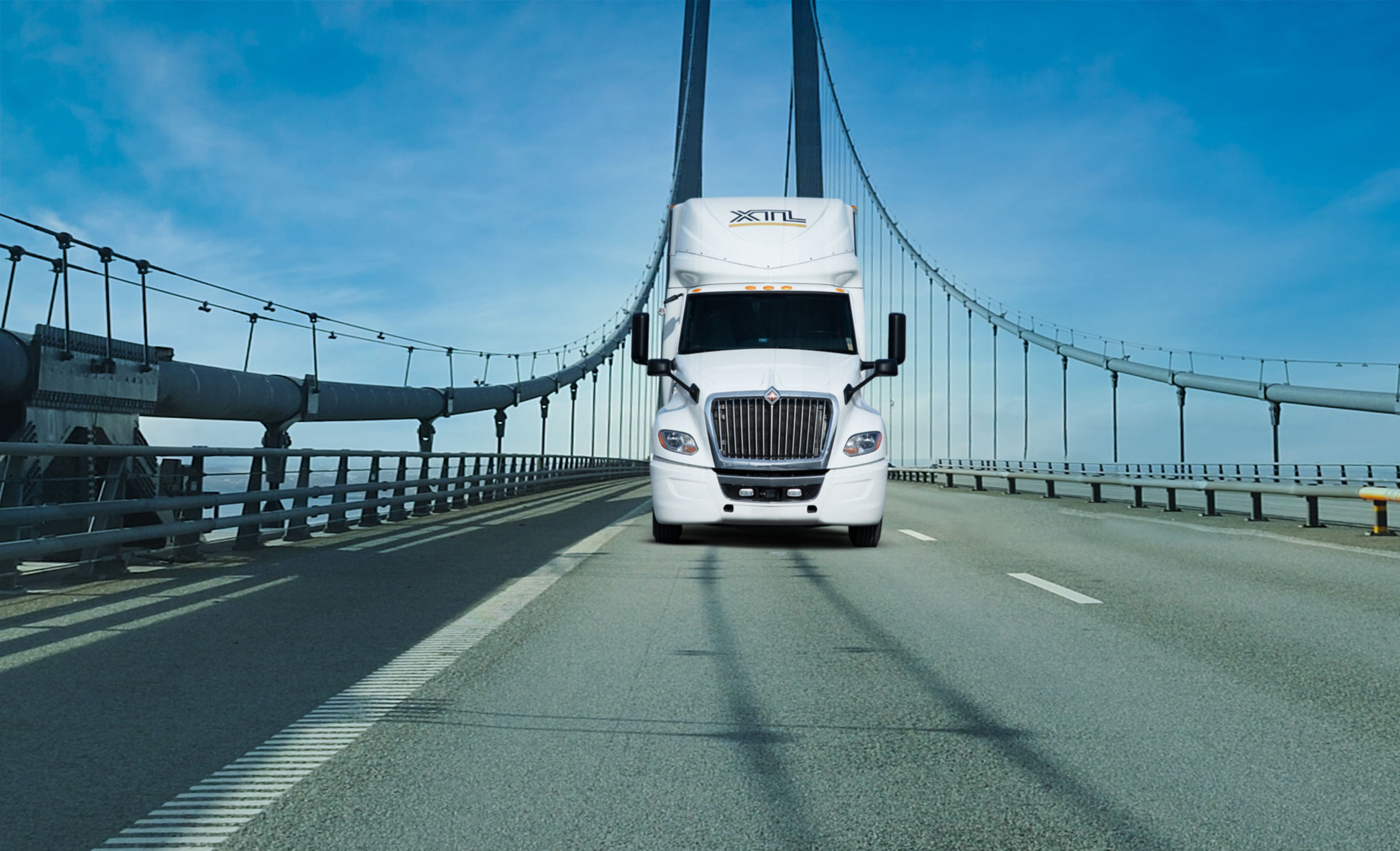
Ready to rethink your shipping strategy?
RailGateway specializes in full-load cross-border intermodal rail freight between Canada and the U.S. We combine logistics expertise, secure rail networks, and smart technology to help you move freight with confidence.
👉 Contact us today to get a personalized quote and take the next step toward smarter cross-border shipping.
How We Can Help
For businesses looking to optimize their freight shipping with reliable, efficient, and cost-effective solutions, RailGateway.ca is your trusted partner in intermodal logistics. Whether you’re new to freight trains or want to enhance your existing supply chain, our team of intermodal experts is ready to guide you every step of the way.
Contact RailGateway.ca today for a free quote or to speak directly with one of our experienced intermodal specialists. Let us help you unlock smarter, smoother shipping solutions tailored to your unique needs. Visit RailGateway.ca or call us to get started on transforming your freight shipping strategy in 2025 and beyond.

